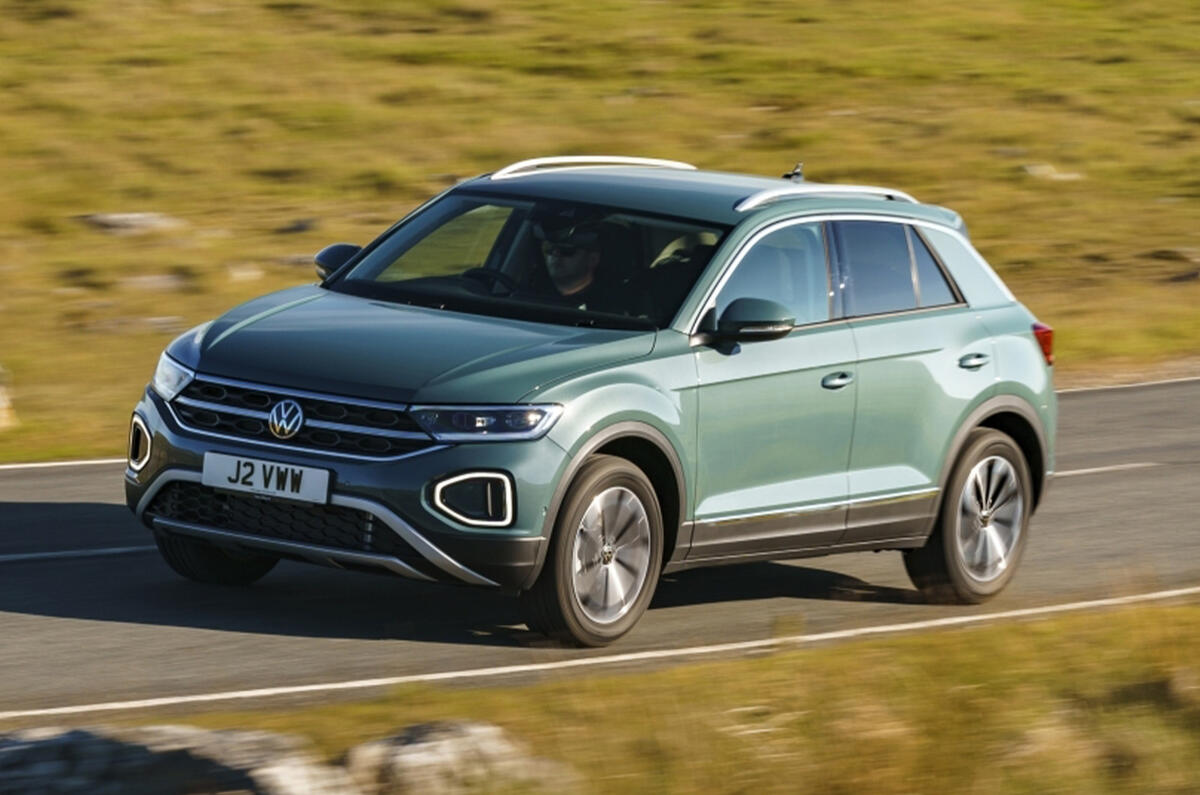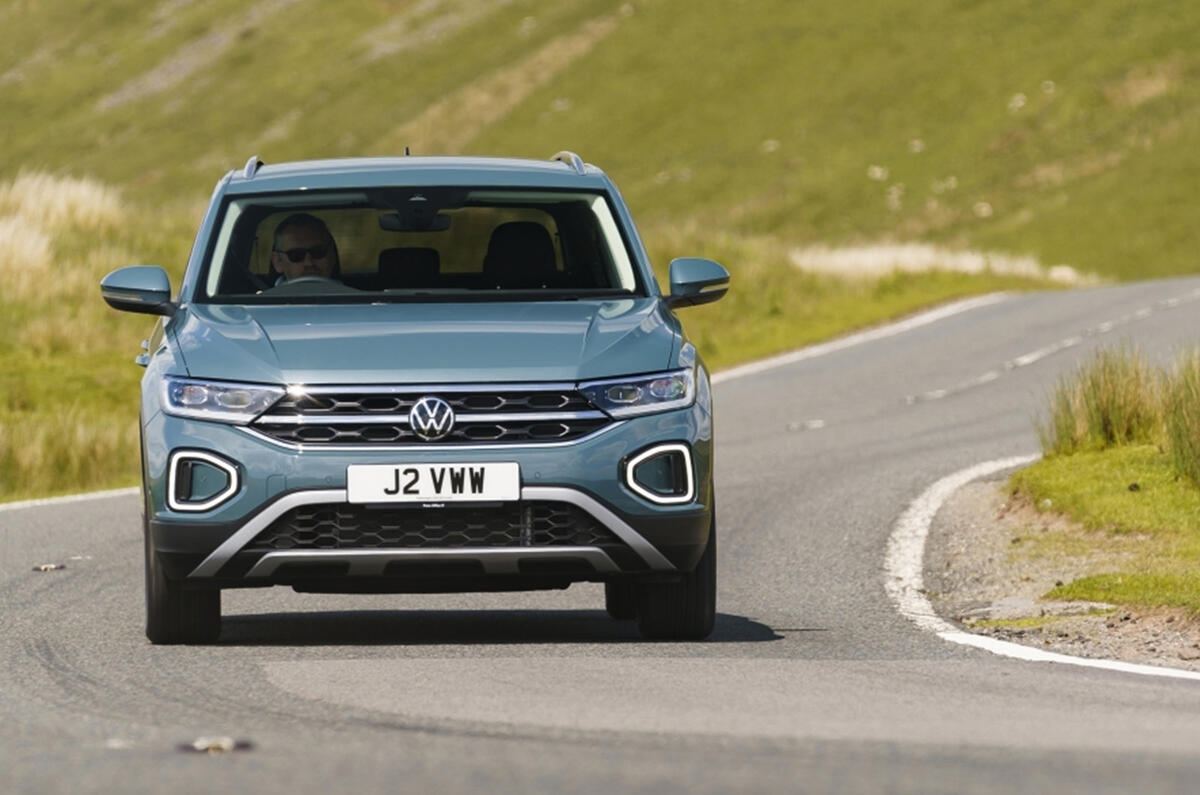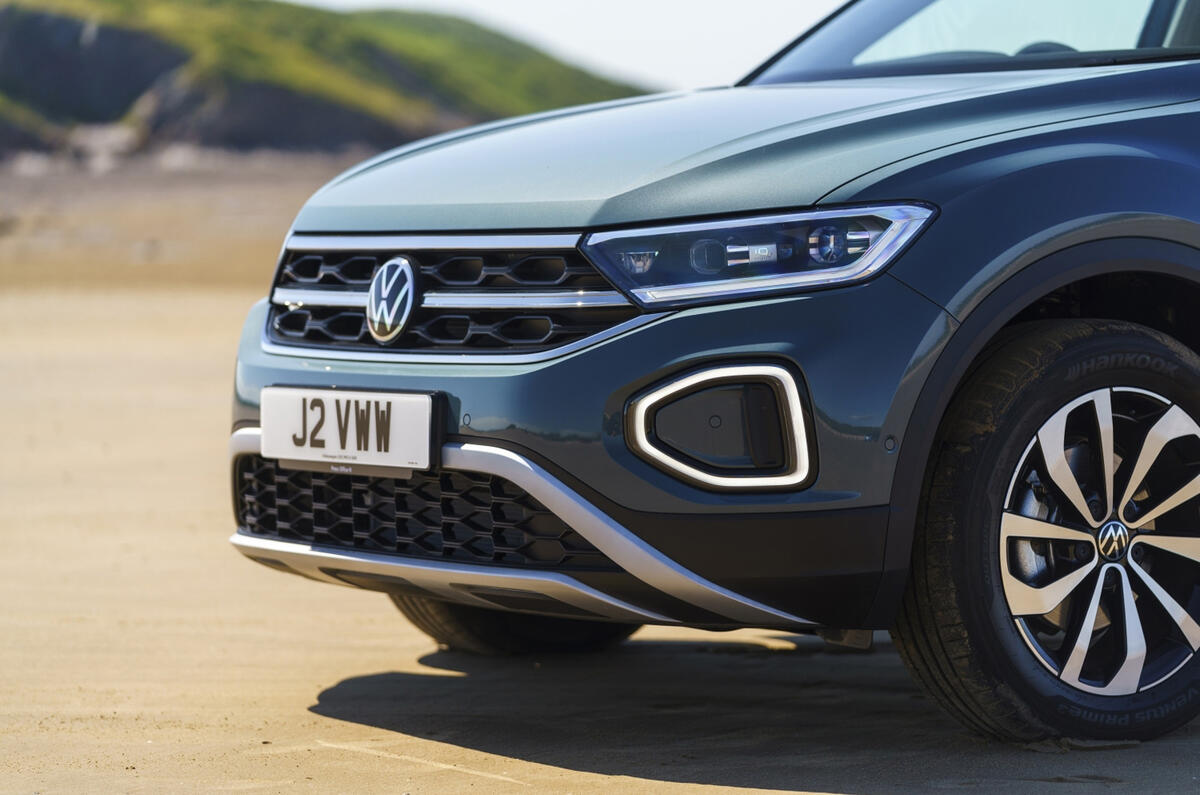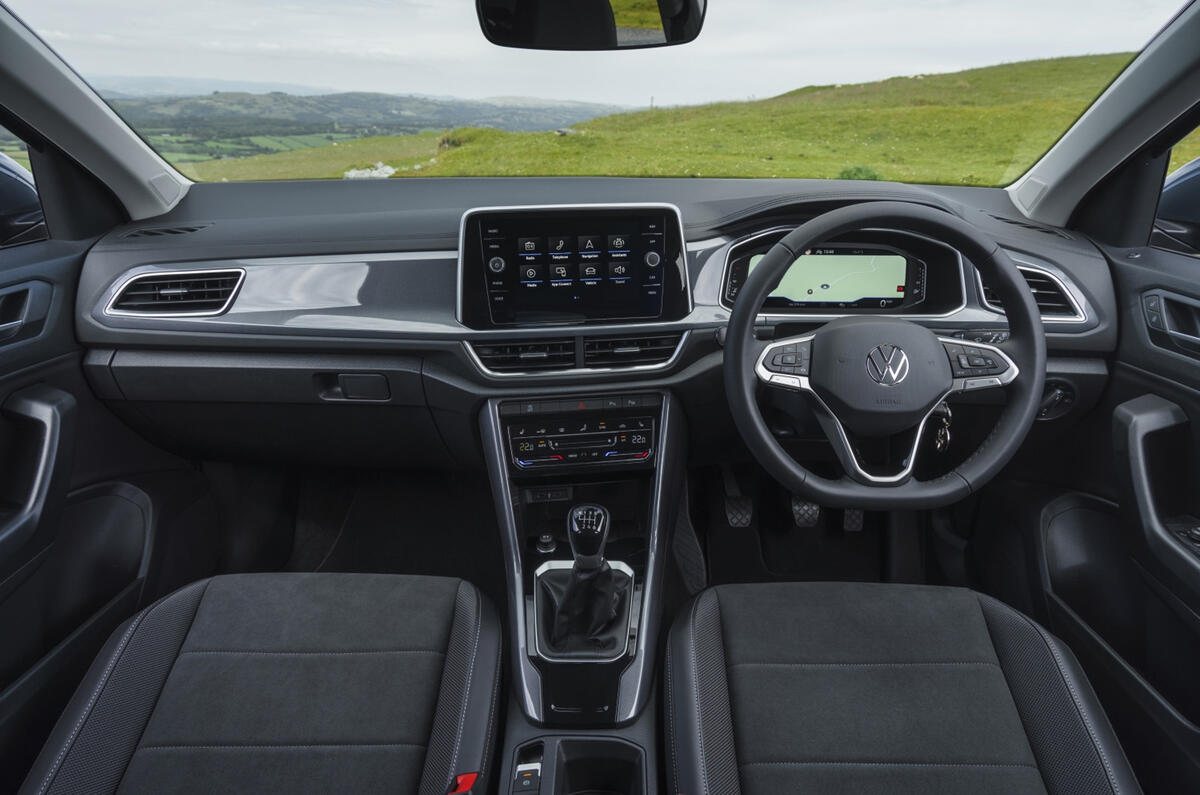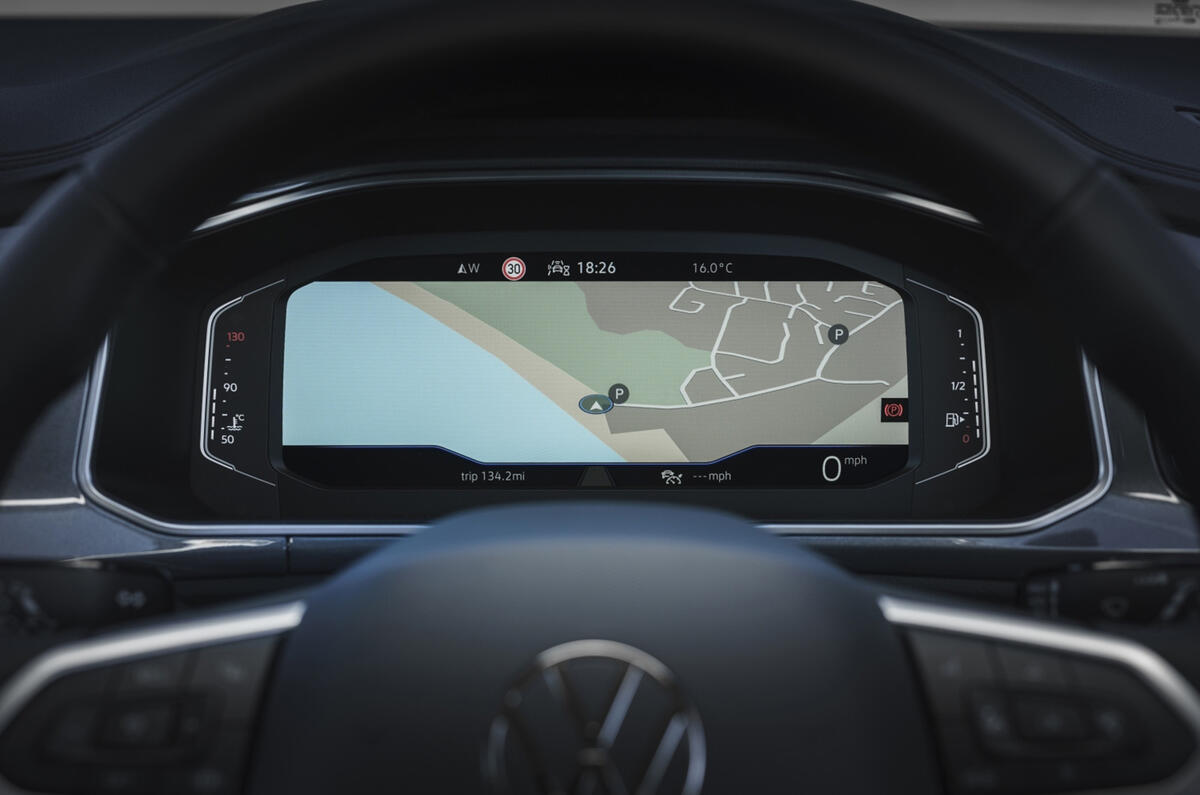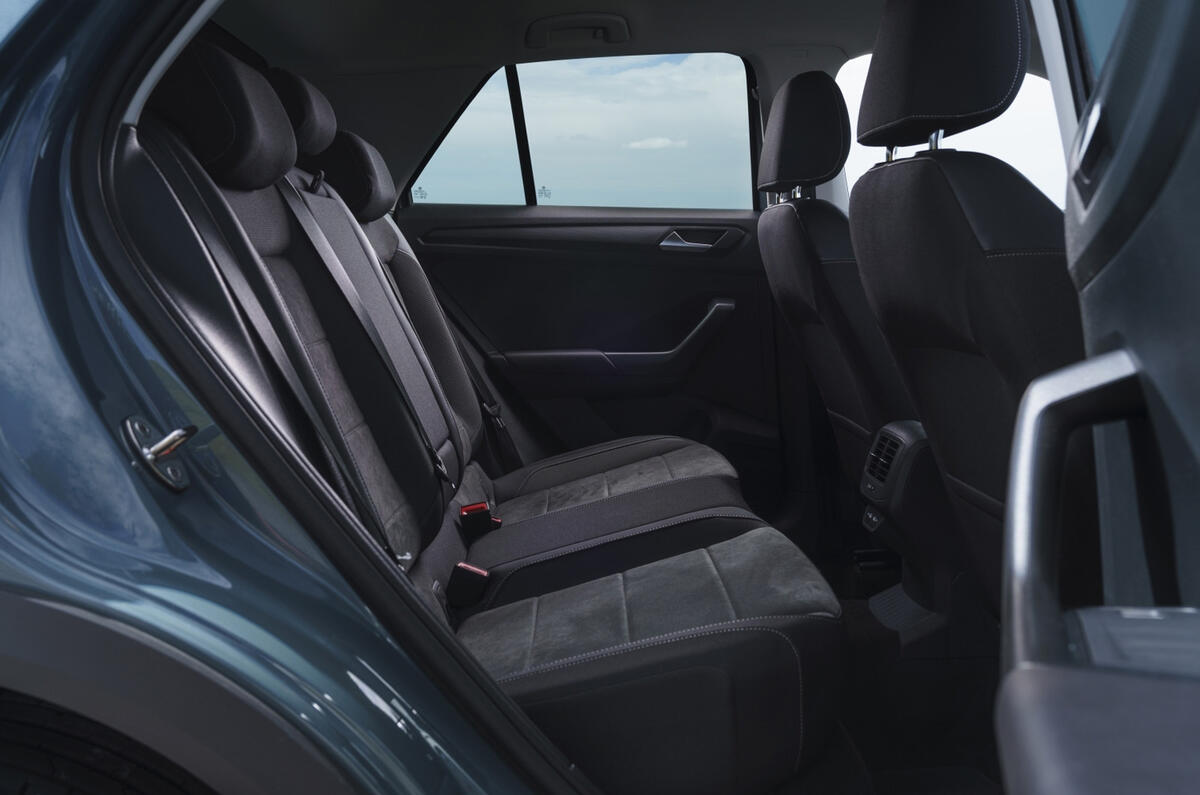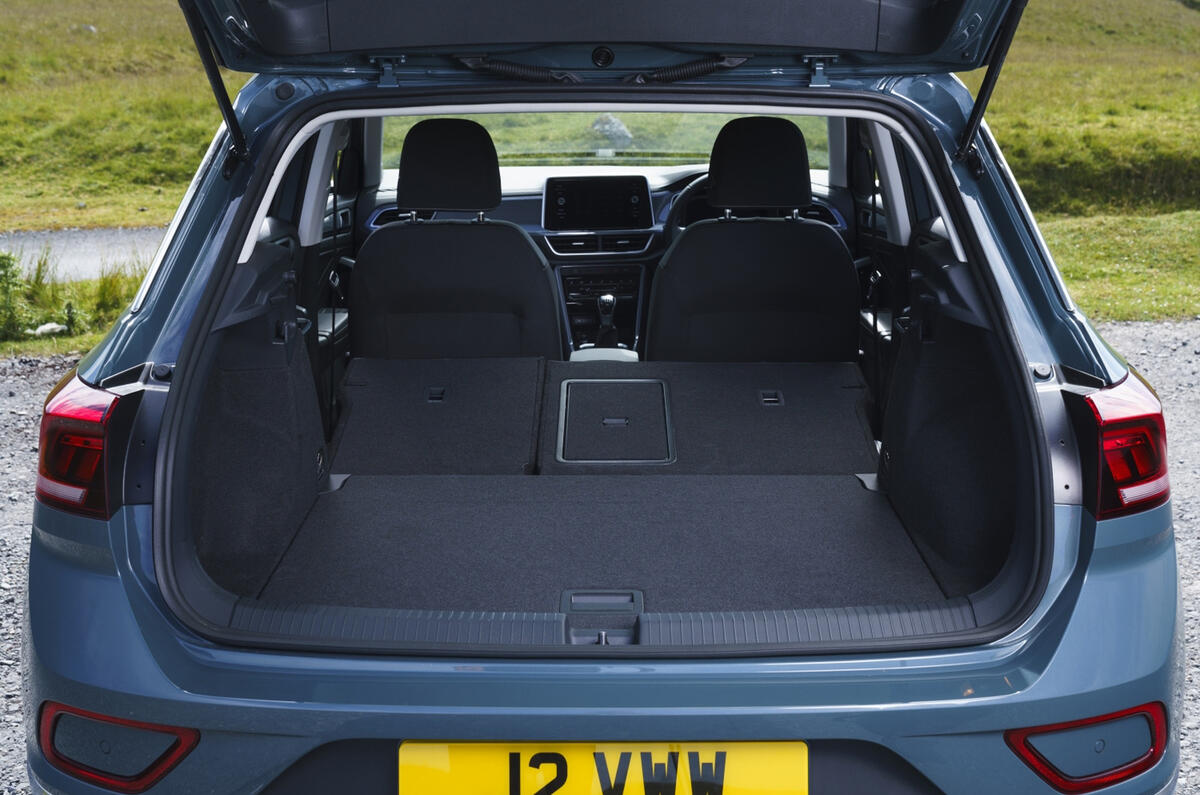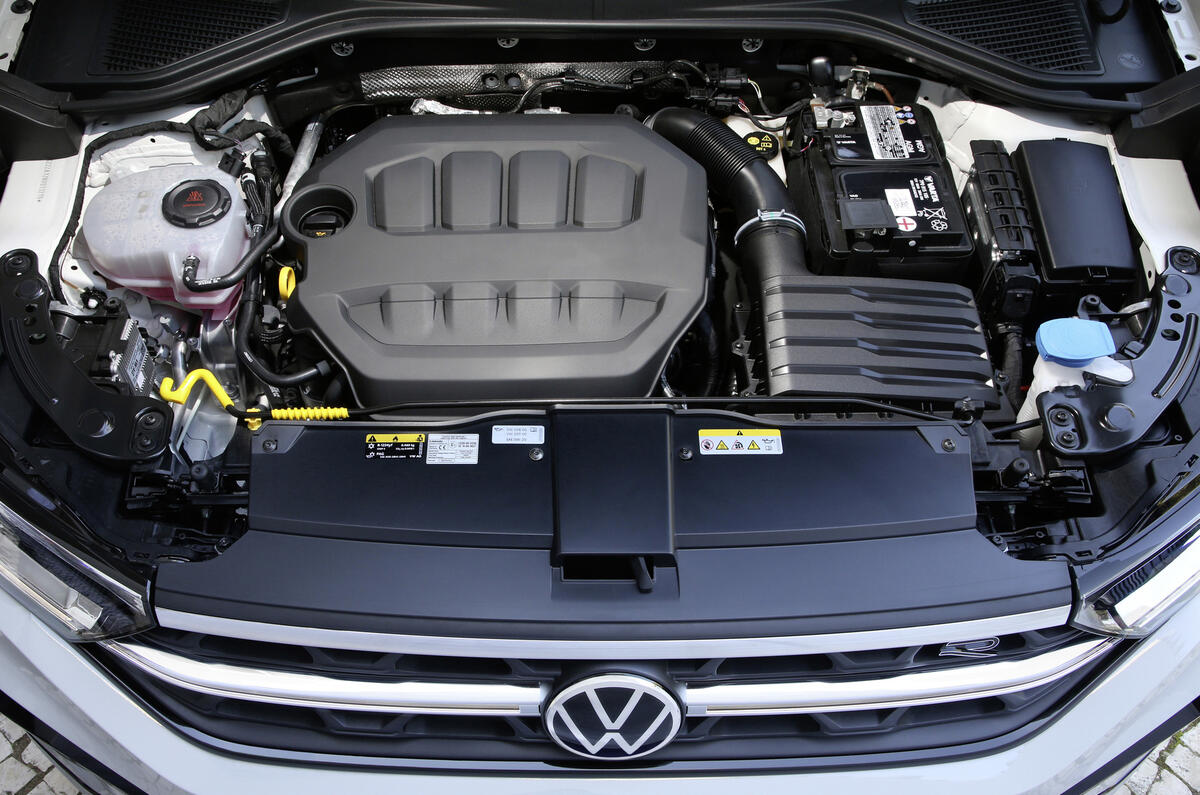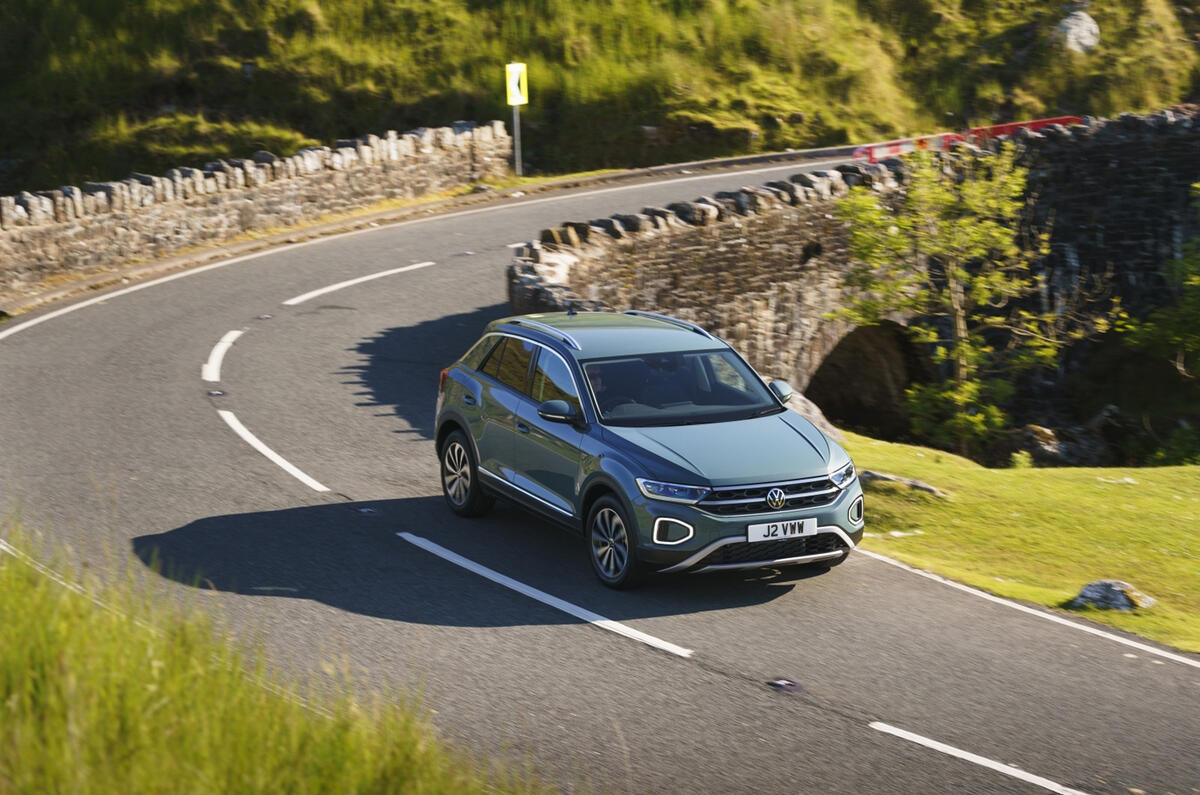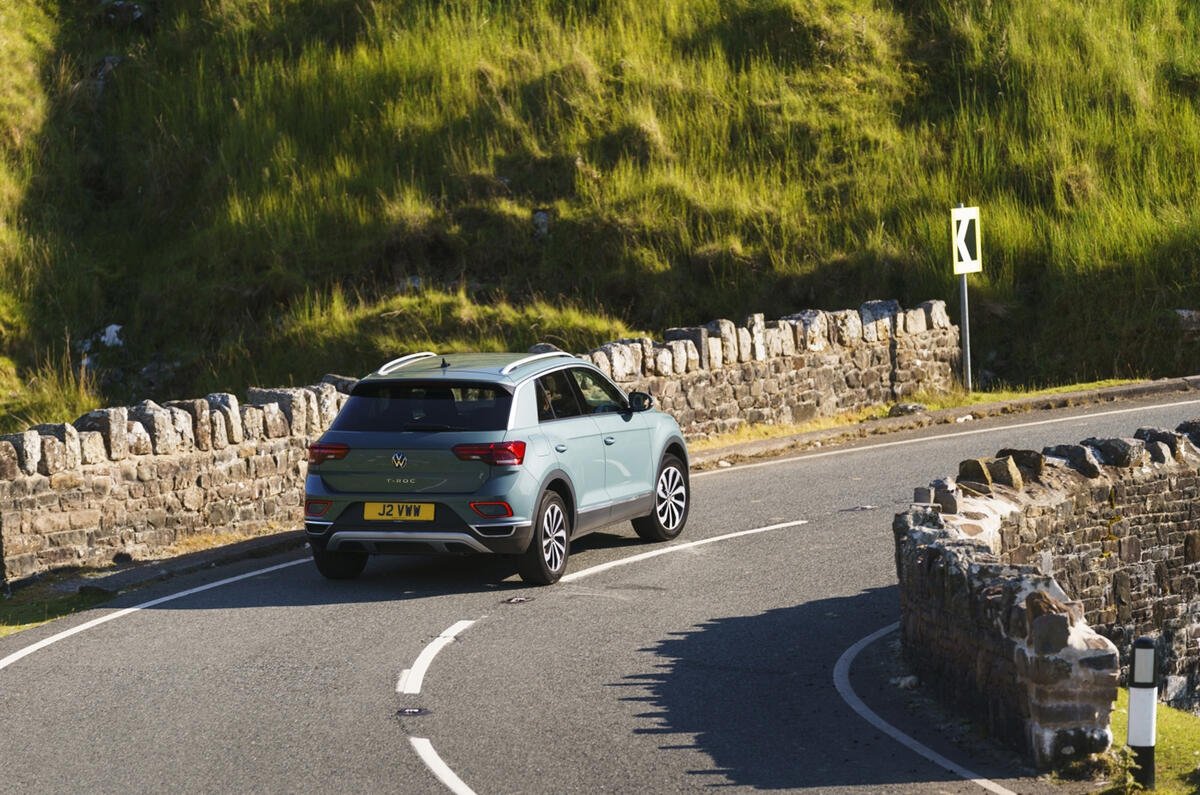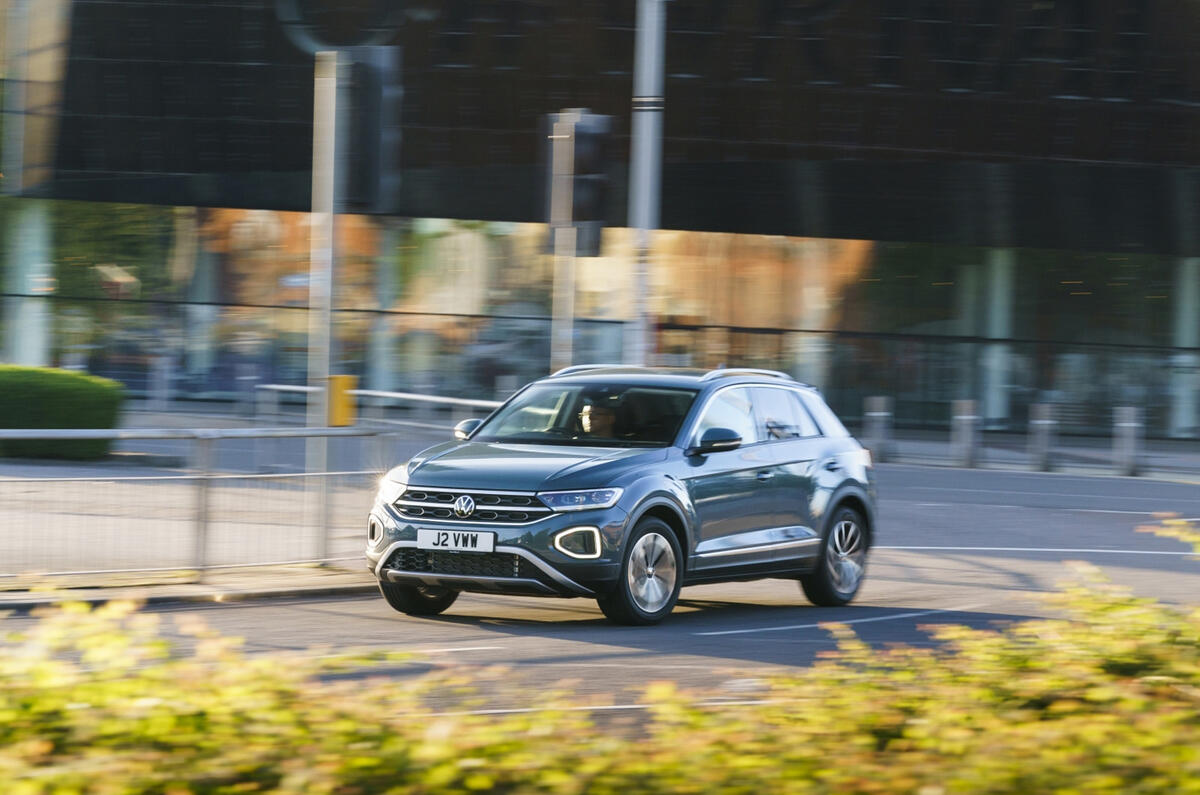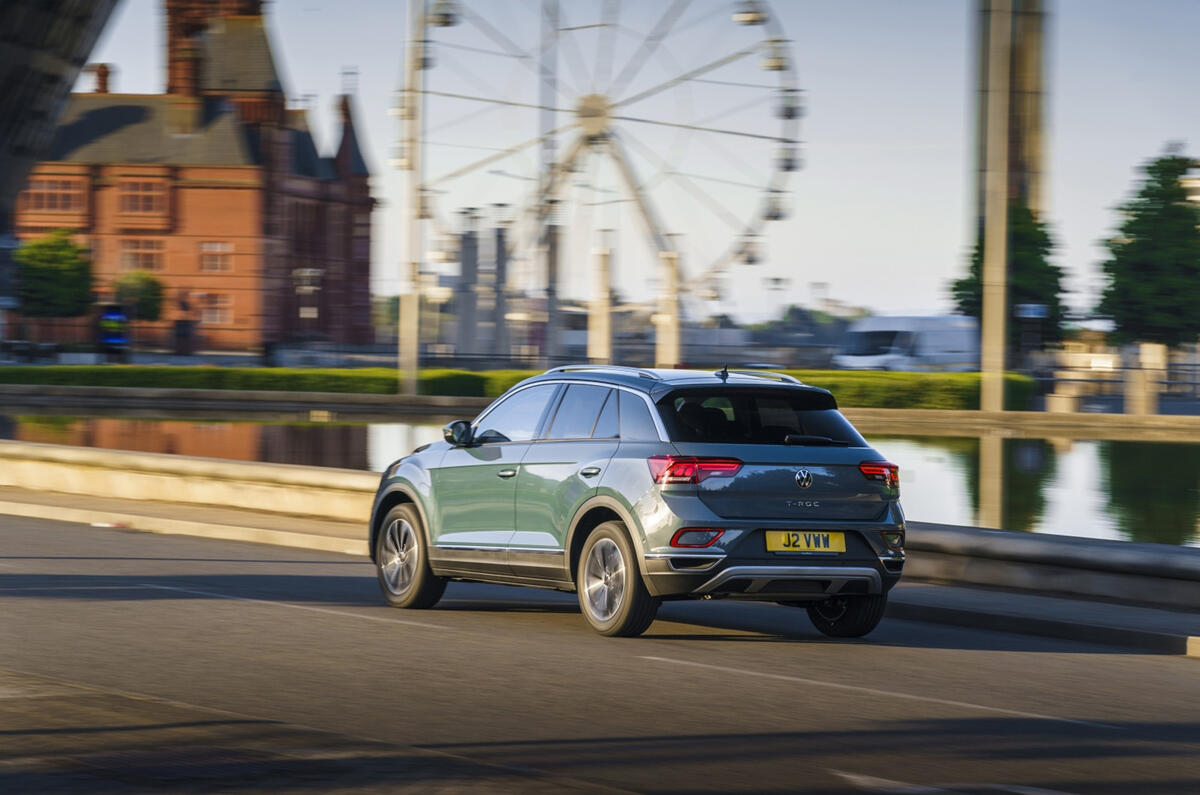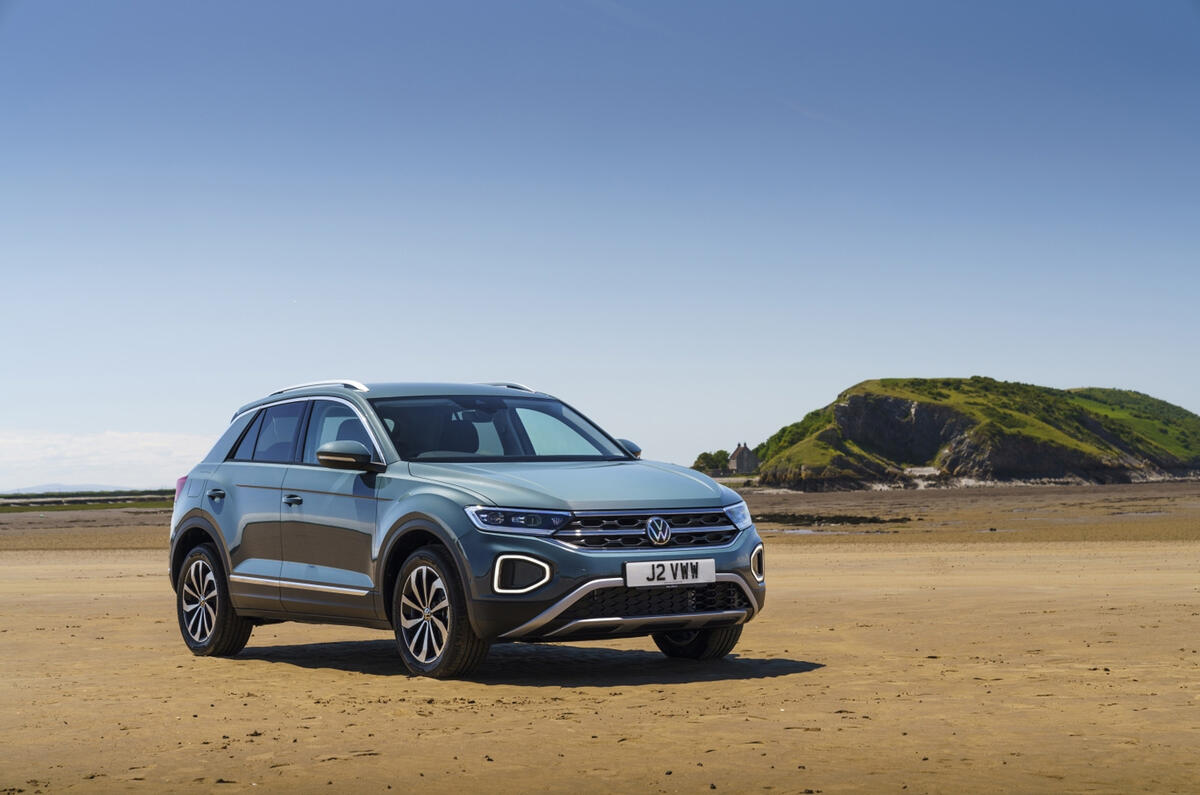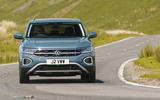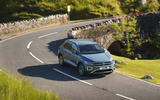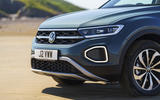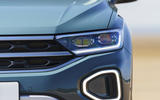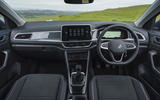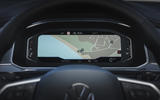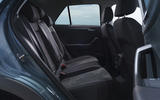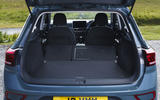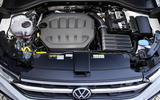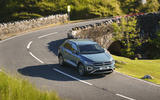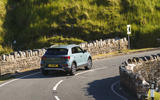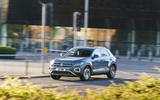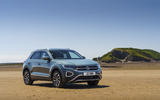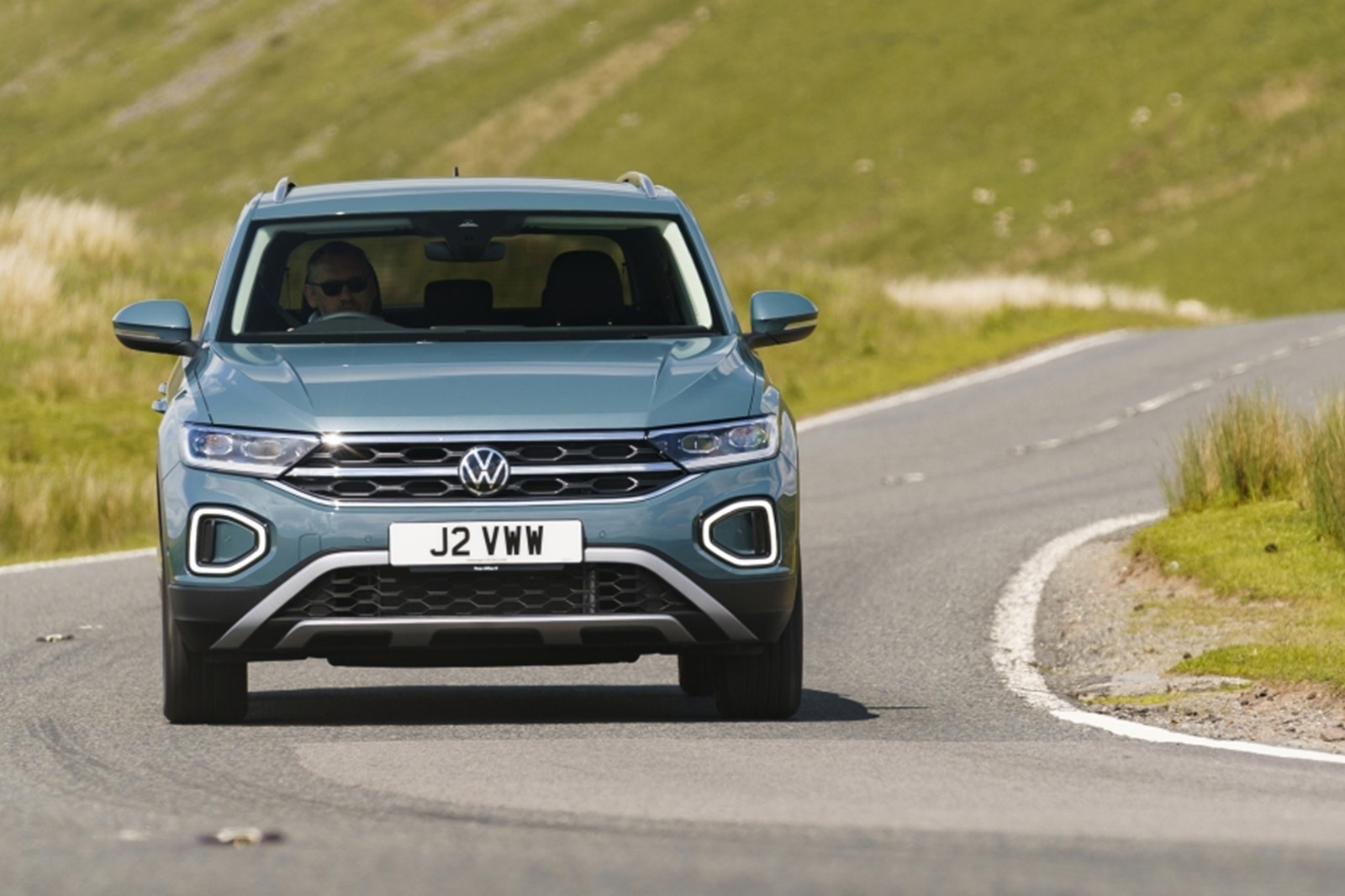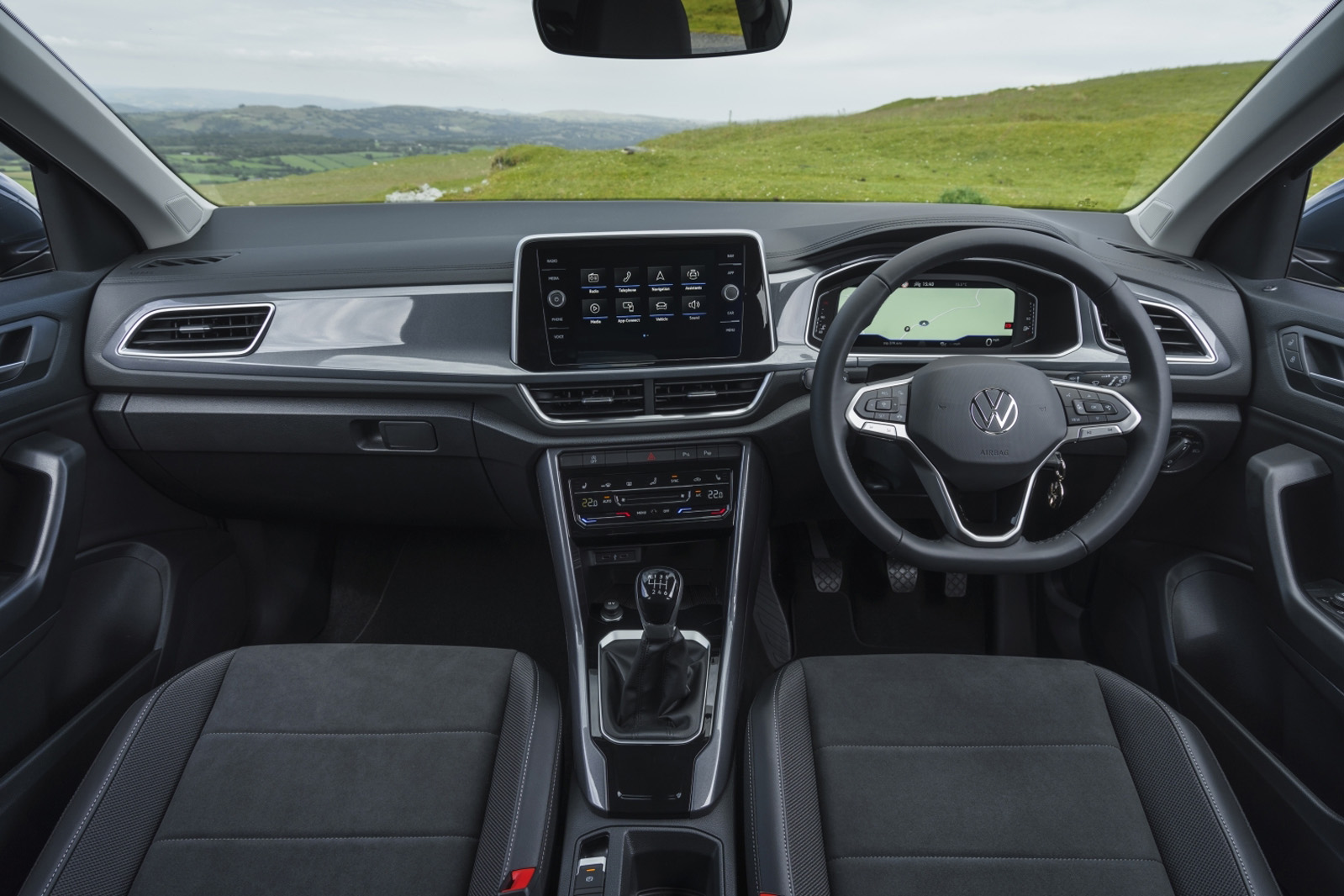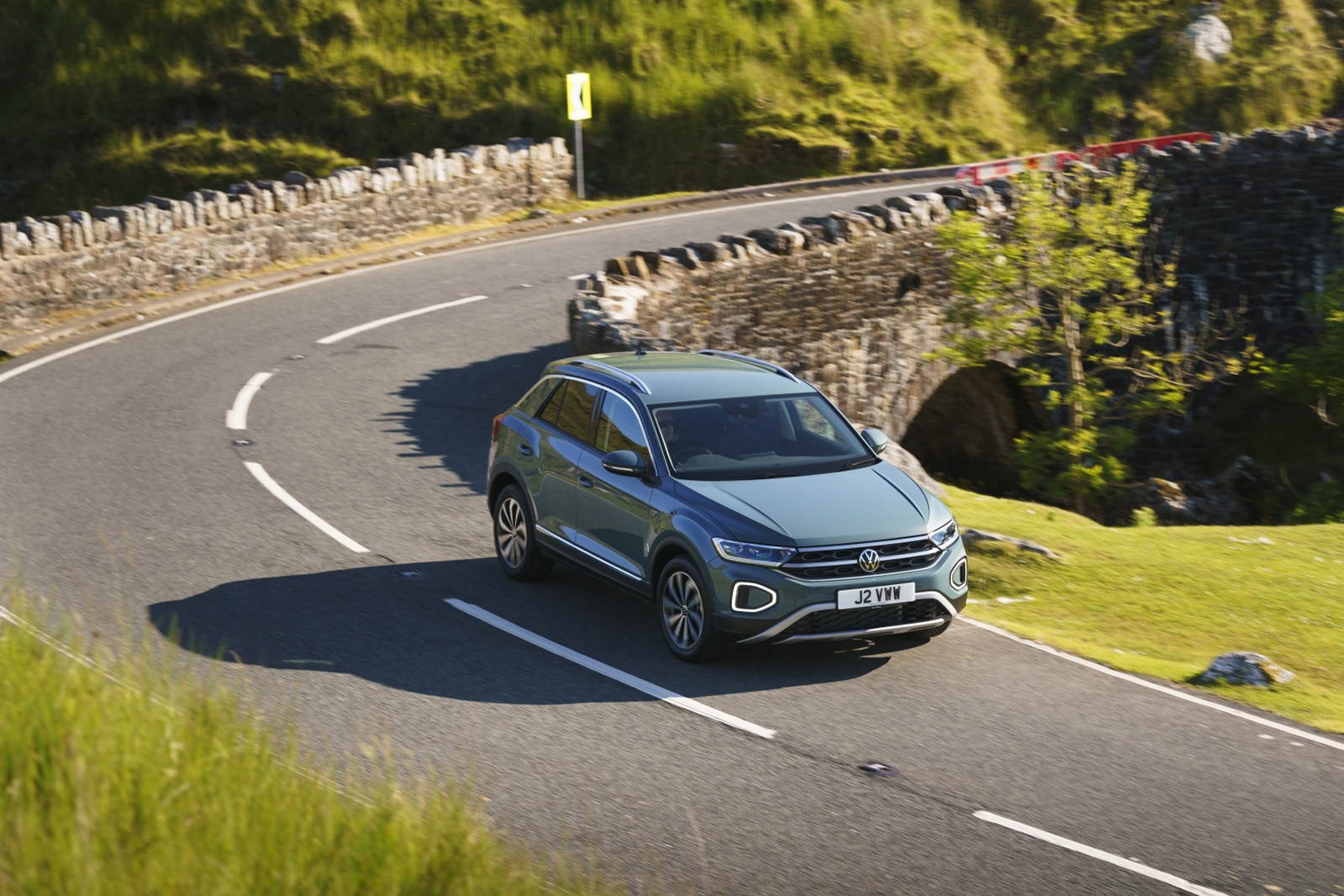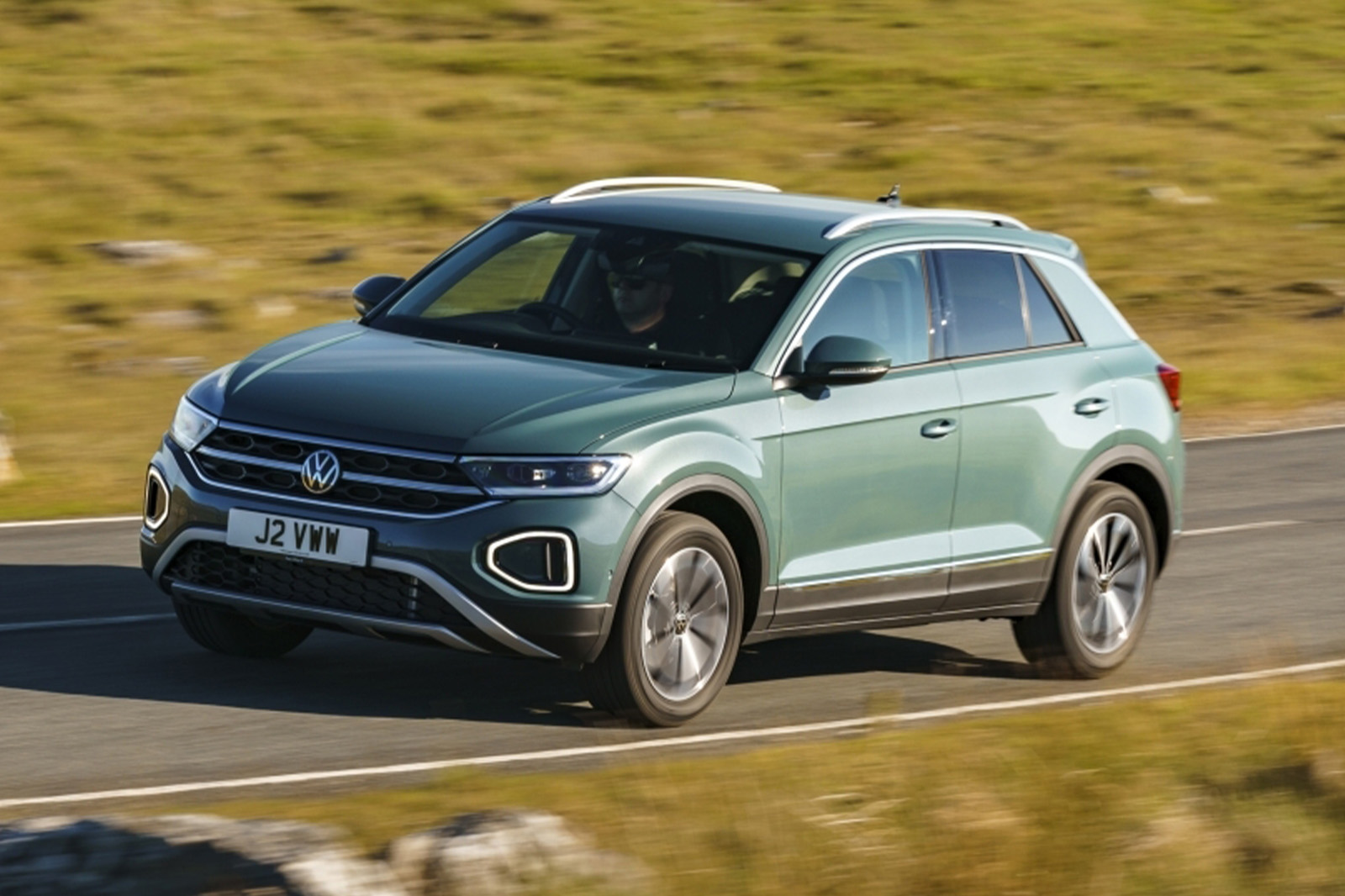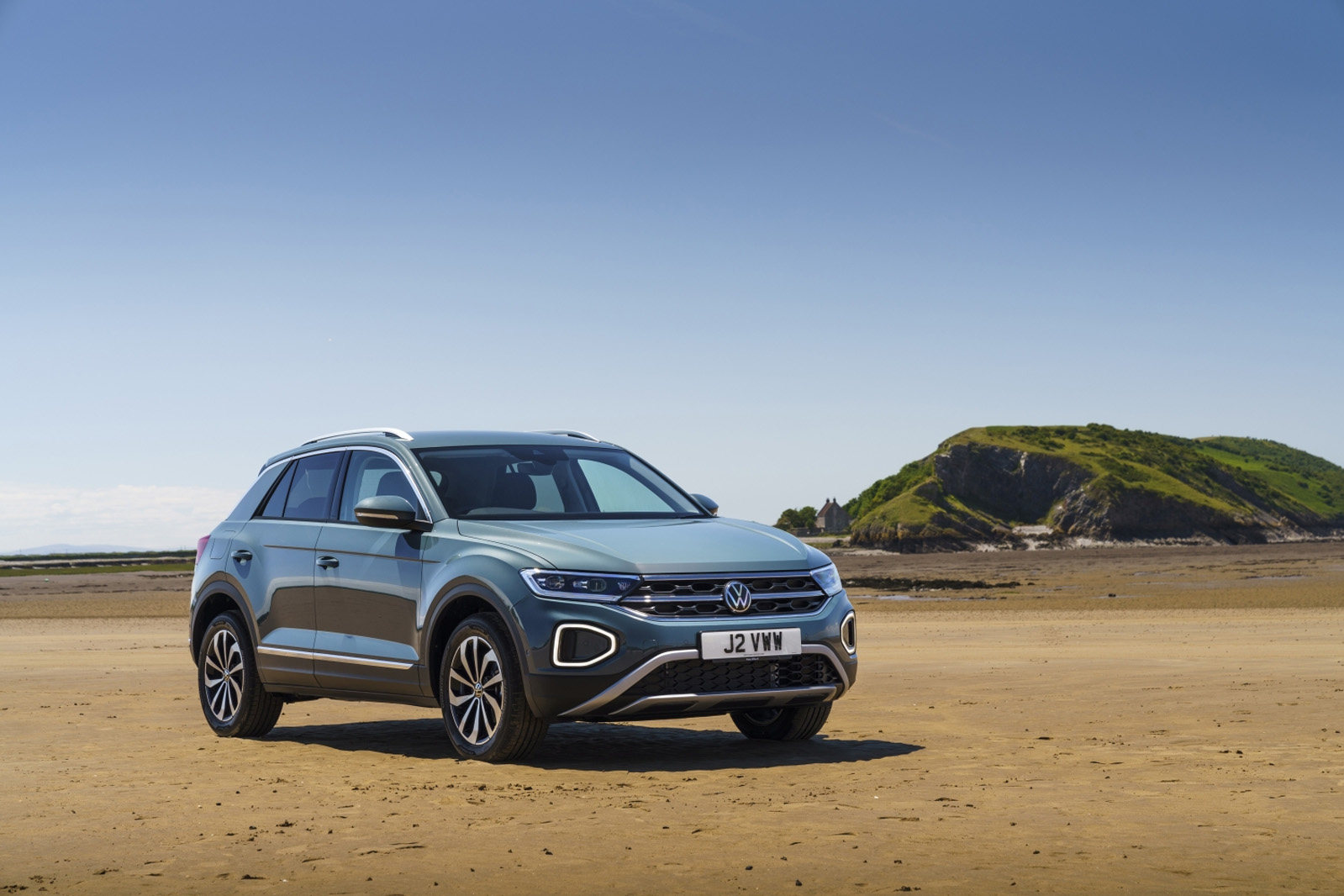When someone says they want a reliable, practical, good-looking and affordable set of wheels, the default recommendation is so often a Volkswagen Golf.
But for those buyers who want a raised ride height and improved visibility (as so many do), then just nudge them towards the Golf of SUVs: the T-Roc.
VW’s mid-sized crossover is a no-nonsense crowd-pleaser, not least for its distinctive design and flexible, punchy engines, allied to a smartly tuned chassis that is both comfortable and agile.
The T-Roc was launched in 2017 with a price topping £30,000, but today you can find one for £7000 – which seems a steal for a well-equipped and well-rounded family car that will still feel up to date, irrespective of its age.
The T-Roc is underpinned by the same MQB platform as plenty of other VW Group SUVs, but is sized and shaped for a more compact, sportier look that makes it less obviously a crossover.
Its slightly low-slung stance suggests it was built with dynamism in mind, and sure enough it doesn’t disappoint. The T-Roc’s responsive and accurate steering inspires plenty of confidence, yet this agility isn’t tarnished by an unsettled ride.
On the contrary, the T-Roc is comfortable and irons out bumps well. If you can find one, opt for a car fitted with the Dynamic Chassis Control package, which lets you configure the chassis depending on your mood. Stick it in Sport and the T-Roc is even more crisp and incisive to drive; select Comfort and it’s supple and pliant enough for hassle-free mile-munching.



